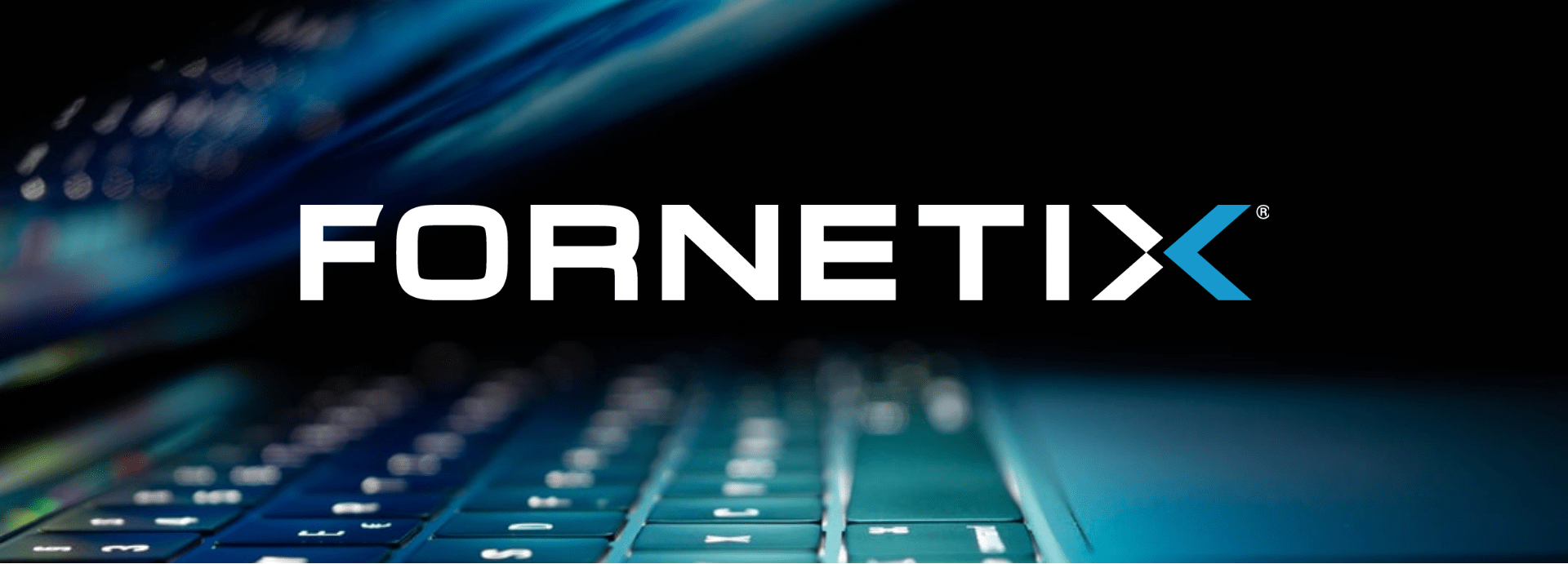The Good, the Bad, and the Ugly of 5G for Business
The Good.
The advent of 5G is an exciting development in connectivity for most businesses. From the farmer who can now remotely monitor field conditions to the global manufacturing leader dependent upon a digital supply chain, to mom-and-pop shops offering real-time-customer service, 5G is changing the way business gets done. And both owners and consumers are enjoying the benefits!
For most, 5G still lacks the true “100 times faster” connection that service providers touted it would bring in 2019. But still, its improvements to speed and lower latency over 4G LTE for business connectivity have already established it as a game changer.
Although 5G is one of the fastest growing technologies in history with adoption 4x as fast as LTE, it will be years before 5G networks blanket the globe. However, explosive adoption is already well underway in the automotive, manufacturing, utilities, and healthcare industries, all of which have been catalysts for a rush on new IoT devices for business efficiencies, enhanced customer service, the movement of large amounts of data, and more.
As 5G network availability grows, the potential for 5G IoT business devices has grown exponentially. Unfortunately, the security risks have grown with it
The Bad. 
5G is a software platform, a big change from the latest 4G technology. This means, much like other software connected technologies (think phones, TV streaming devices, etc.), 5G will require regular updates and upgrades to the network system to maintain functionality and security.
5G allows for greater amounts of information and types of information to be transported over networks. Because it is software based, this information is now vulnerable to standard IT risks such as bugs, upgrade failures, and malicious attacks which could compromise an organization’s data confidentiality, integrity, and availability.
The increased volume of data being moved means most businesses’ existing security solutions will be pushed beyond their limits, rendering them inadequate. Combine this with the new flood of 5G IoT devices in the workplace – Gartner is estimating IoT devices will outnumber humans 4-to-1 by 2025 – and there comes a new wave of points of vulnerability.
The Ugly.
5G architecture was built for capacity, not security. 5G broadens the threat landscape considerably with its high-volume capacity, IoT devices, and multiple operators. The four main points of 5G vulnerability are:
- Supply Chain
- Deployment
- Network Security
- Loss of Competition & Choice
Looking at these vulnerabilities, it doesn’t take much imagination to envision a bad actor breaching a business. If points of vulnerability are not properly fortified, a hacker could inflict catastrophic damage, for example, by bringing down a utility company or by accessing IoT patient care devices that provide lifesaving support.
As telecom, enterprise, and IoT device manufacturers mature and learn to work together to create a more secure end-to-end 5G ecosystem, businesses must remember that they’re still the ones ultimately responsible for their data. Now is the time to gear up, implement, and take the appropriate steps to protect their company and customer assets.
[FREE EBOOK:] 5G Enterprise Data Security Risks
Fornetix can work with you to avoid the most common 5G-IoT pitfalls and adopt a resilient, scalable, secure solution to protect your data. Click for details.








